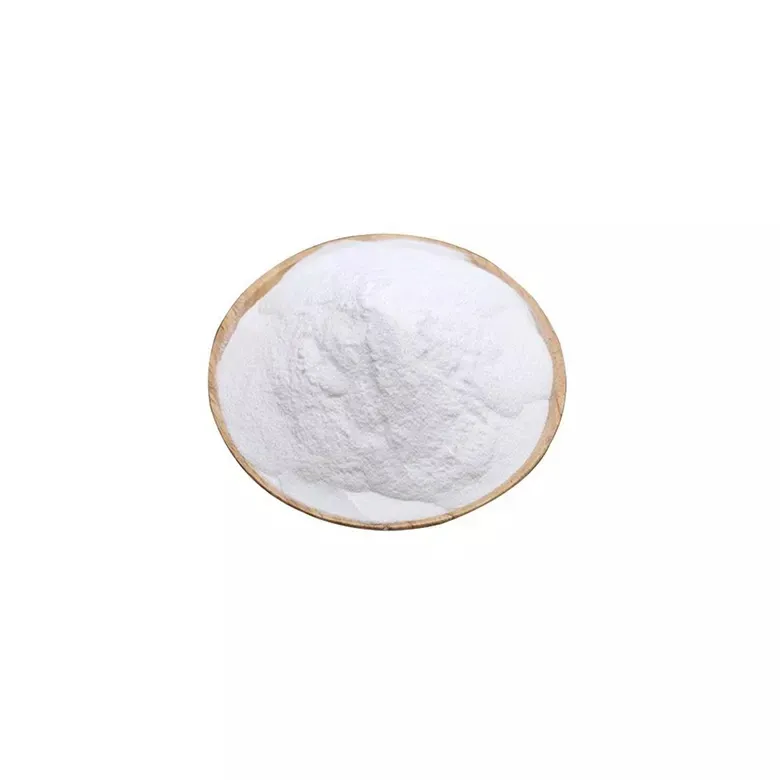Warning: Undefined array key "title" in /home/www/wwwroot/HTML/www.exportstart.com/wp-content/themes/1198/header.php on line 6
Warning: Undefined array key "file" in /home/www/wwwroot/HTML/www.exportstart.com/wp-content/themes/1198/header.php on line 7
Warning: Undefined array key "title" in /home/www/wwwroot/HTML/www.exportstart.com/wp-content/themes/1198/header.php on line 7
Warning: Undefined array key "title" in /home/www/wwwroot/HTML/www.exportstart.com/wp-content/themes/1198/header.php on line 7
- Afrikaans
- Albanian
- Amharic
- Arabic
- Armenian
- Azerbaijani
- Basque
- Belarusian
- Bengali
- Bosnian
- Bulgarian
- Catalan
- Cebuano
- China
- China (Taiwan)
- Corsican
- Croatian
- Czech
- Danish
- Dutch
- English
- Esperanto
- Estonian
- Finnish
- French
- Frisian
- Galician
- Georgian
- German
- Greek
- Gujarati
- Haitian Creole
- hausa
- hawaiian
- Hebrew
- Hindi
- Miao
- Hungarian
- Icelandic
- igbo
- Indonesian
- irish
- Italian
- Japanese
- Javanese
- Kannada
- kazakh
- Khmer
- Rwandese
- Korean
- Kurdish
- Kyrgyz
- Lao
- Latin
- Latvian
- Lithuanian
- Luxembourgish
- Macedonian
- Malgashi
- Malay
- Malayalam
- Maltese
- Maori
- Marathi
- Mongolian
- Myanmar
- Nepali
- Norwegian
- Norwegian
- Occitan
- Pashto
- Persian
- Polish
- Portuguese
- Punjabi
- Romanian
- Russian
- Samoan
- Scottish Gaelic
- Serbian
- Sesotho
- Shona
- Sindhi
- Sinhala
- Slovak
- Slovenian
- Somali
- Spanish
- Sundanese
- Swahili
- Swedish
- Tagalog
- Tajik
- Tamil
- Tatar
- Telugu
- Thai
- Turkish
- Turkmen
- Ukrainian
- Urdu
- Uighur
- Uzbek
- Vietnamese
- Welsh
- Bantu
- Yiddish
- Yoruba
- Zulu
ಸೆಪ್ಟೆಂ . 07, 2024 04:07 Back to list
Difference Between Citric Acid Monohydrate and Anhydrous
Understanding the Differences Between Citric Acid Monohydrate and Anhydrous Citric Acid
Citric acid is a naturally occurring organic acid found in citrus fruits, and it has gained extensive use in various industries, including food, pharmaceuticals, and cosmetics. Among its various forms, citric acid monohydrate and anhydrous citric acid are the two most common. While both forms share similar chemical properties, they differ significantly in terms of composition, water content, and applications.
Composition and Structure
The most prominent difference between citric acid monohydrate and anhydrous citric acid lies in their water content. Citric acid monohydrate contains one molecule of water for every molecule of citric acid, resulting in a chemical formula of C6H8O7·H2O. This water is integral to its structure and contributes to its properties. In contrast, anhydrous citric acid is the completely dehydrated form, represented by the chemical formula C6H8O7 without any associated water molecules. This difference in composition affects other characteristics of the two forms.
Properties
The water content in citric acid monohydrate gives it a distinct hygroscopic nature, meaning it readily absorbs moisture from the environment. This property can affect its storage and handling, as exposure to humidity can lead to clumping or deterioration of its quality. On the other hand, anhydrous citric acid, devoid of water, is more stable under various humidity conditions and has a longer shelf life, making it preferable for applications where moisture control is critical.
perbedaan citric acid monohydrate dan anhydrous

In terms of physical properties, citric acid monohydrate typically appears as a white crystalline powder, while anhydrous citric acid has a granular texture that allows it to dissolve faster in solutions. This difference in dissolution rates can be significant depending on the intended use of the acid.
Uses
The applications of citric acid monohydrate and anhydrous citric acid differ due to their unique properties. Citric acid monohydrate is widely used in the food and beverage industry as an acidulant and preservative. Its ability to retain moisture makes it an excellent choice for products that require stability during storage.
Anhydrous citric acid, due to its low moisture content and rapid solubility, is often preferred in pharmaceutical formulations and other applications where precise dosage and reactivity are critical. It is commonly used in effervescent tablets, where it reacts with sodium bicarbonate, generating carbon dioxide when it comes into contact with water. This property enhances product uniqueness and effectiveness.
Conclusion
In summary, while citric acid monohydrate and anhydrous citric acid share the same chemical background, their differences in water content significantly impact their physical properties and applications. Understanding these differences is crucial for manufacturers and consumers alike, ensuring the proper use of citric acid in various industries. Whether in the kitchen, pharmacy, or cosmetic lab, the choice between monohydrate and anhydrous forms of citric acid can affect product quality and performance, making it essential to choose the right type for the intended application.
Latest news
-
Certifications for Vegetarian and Xanthan Gum Vegetarian
NewsJun.17,2025
-
Sustainability Trends Reshaping the SLES N70 Market
NewsJun.17,2025
-
Propylene Glycol Use in Vaccines: Balancing Function and Perception
NewsJun.17,2025
-
Petroleum Jelly in Skincare: Balancing Benefits and Backlash
NewsJun.17,2025
-
Energy Price Volatility and Ripple Effect on Caprolactam Markets
NewsJun.17,2025
-
Spectroscopic Techniques for Adipic Acid Molecular Weight
NewsJun.17,2025

